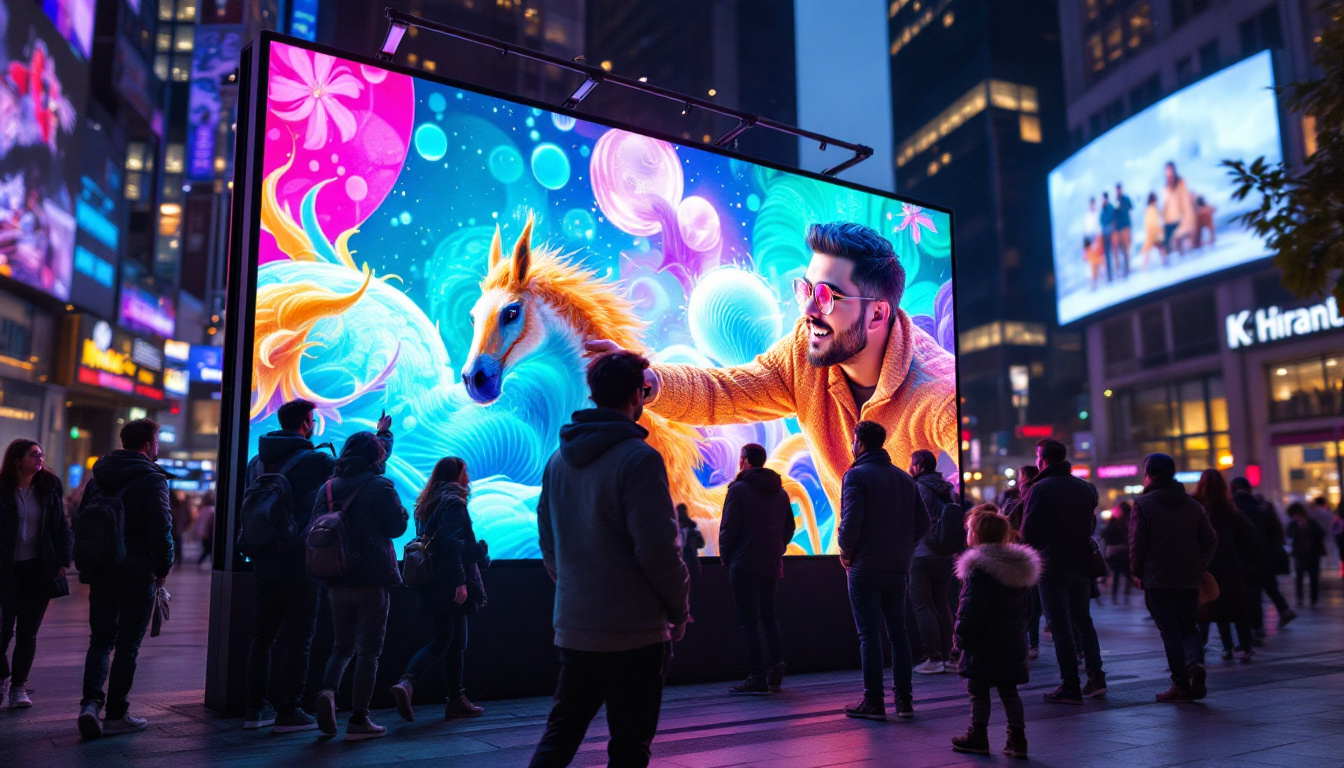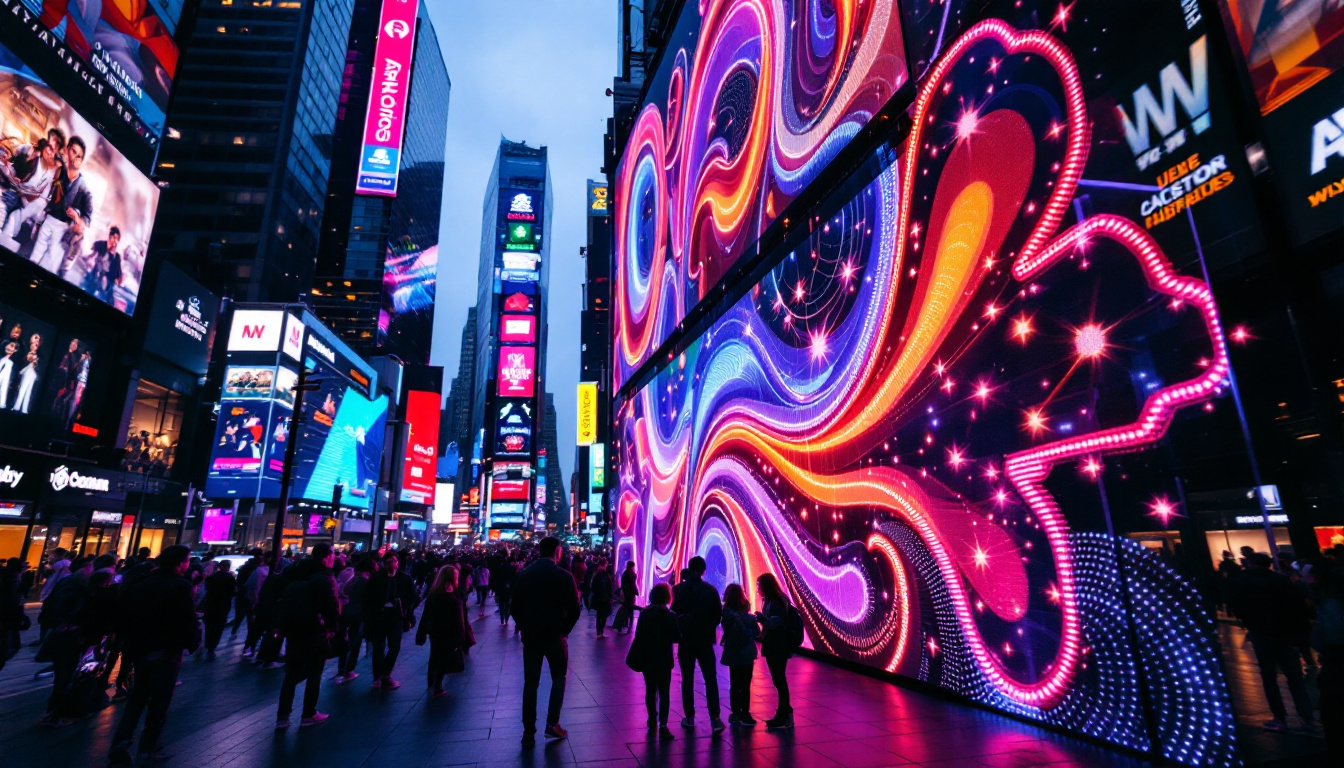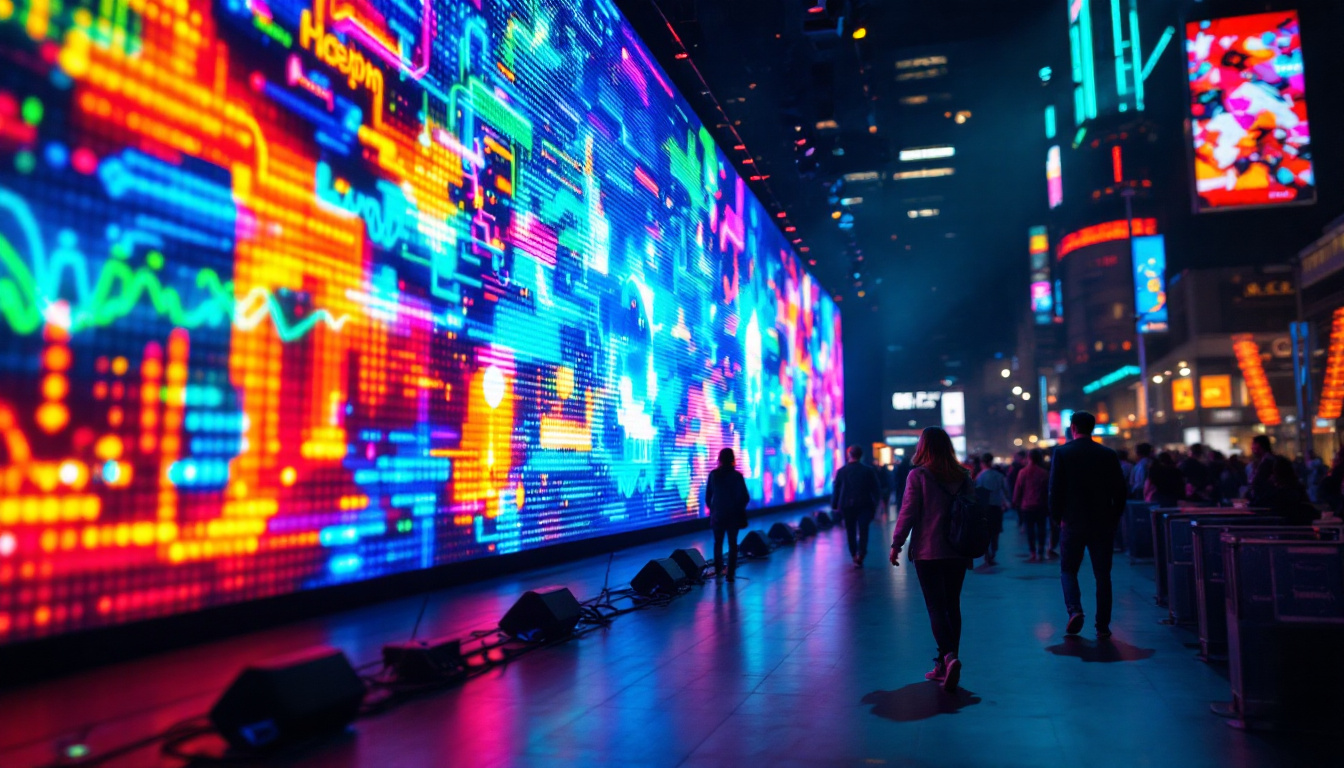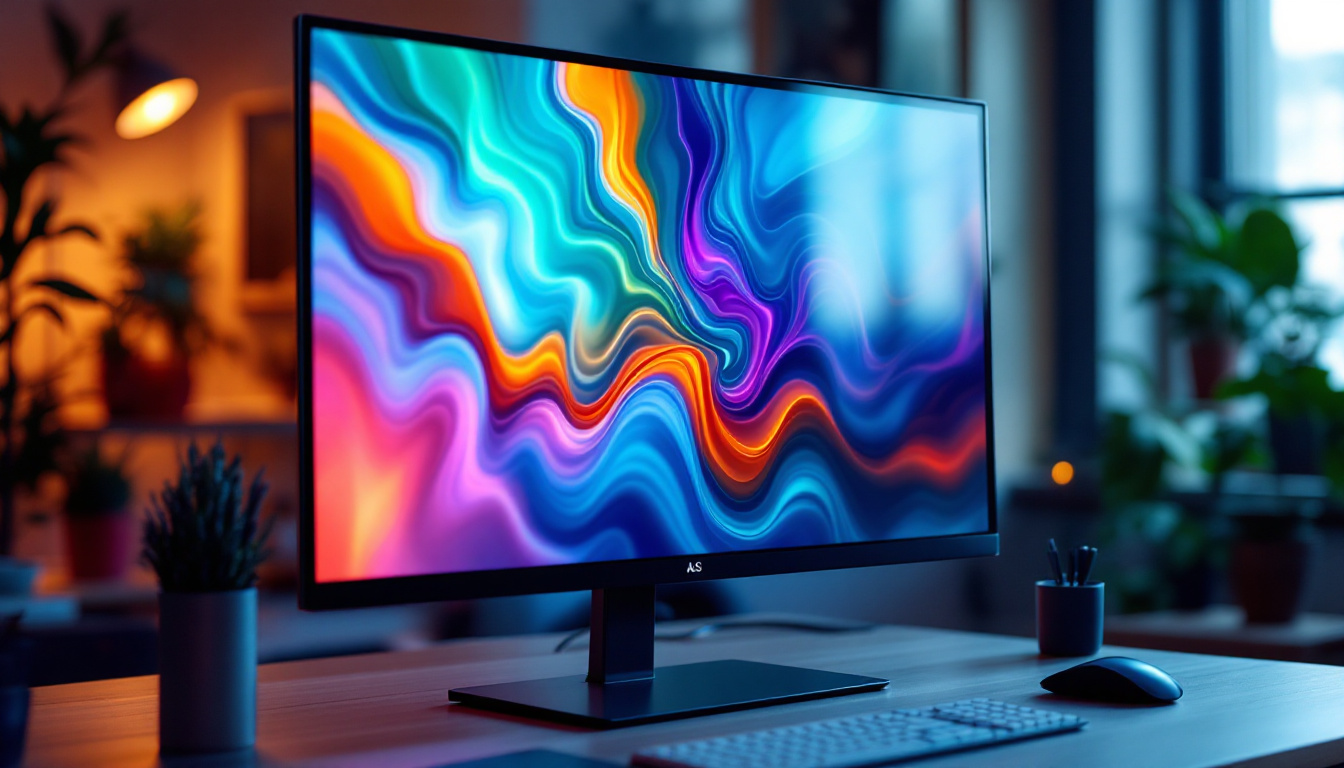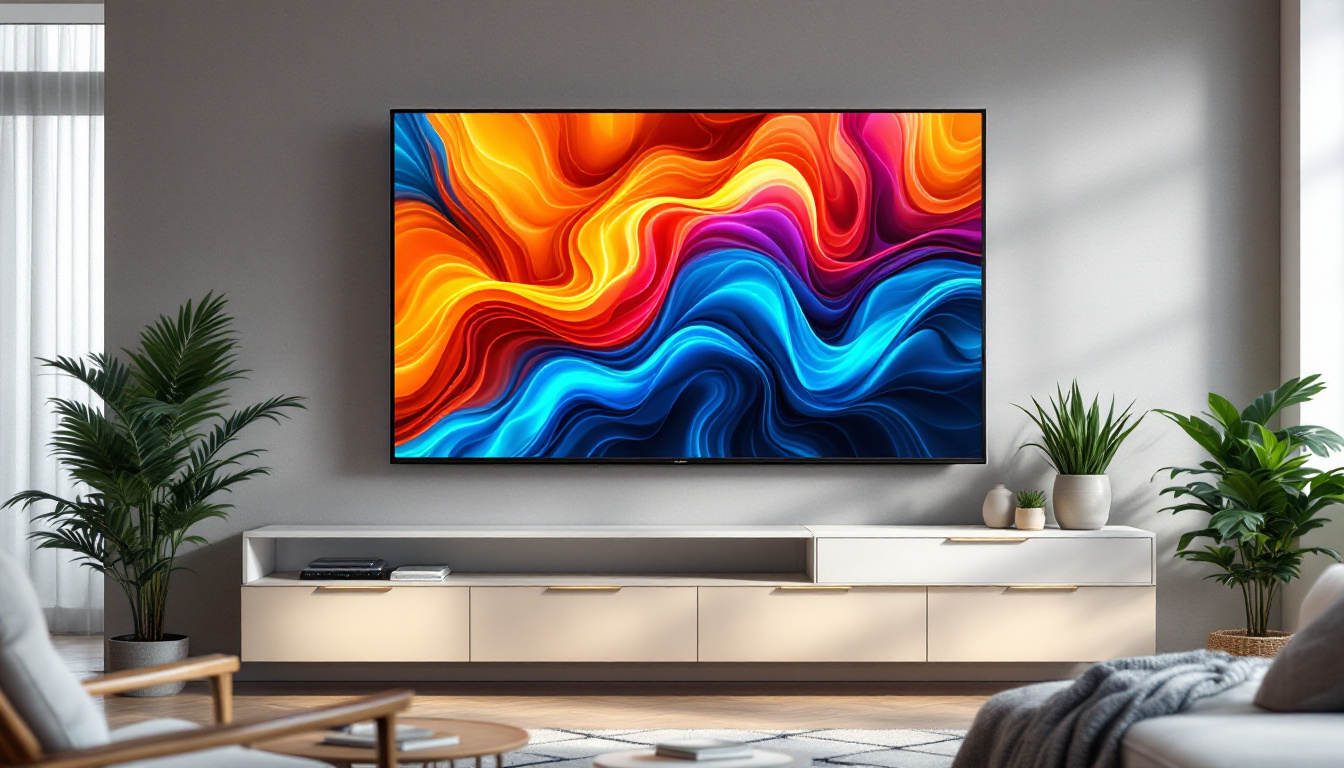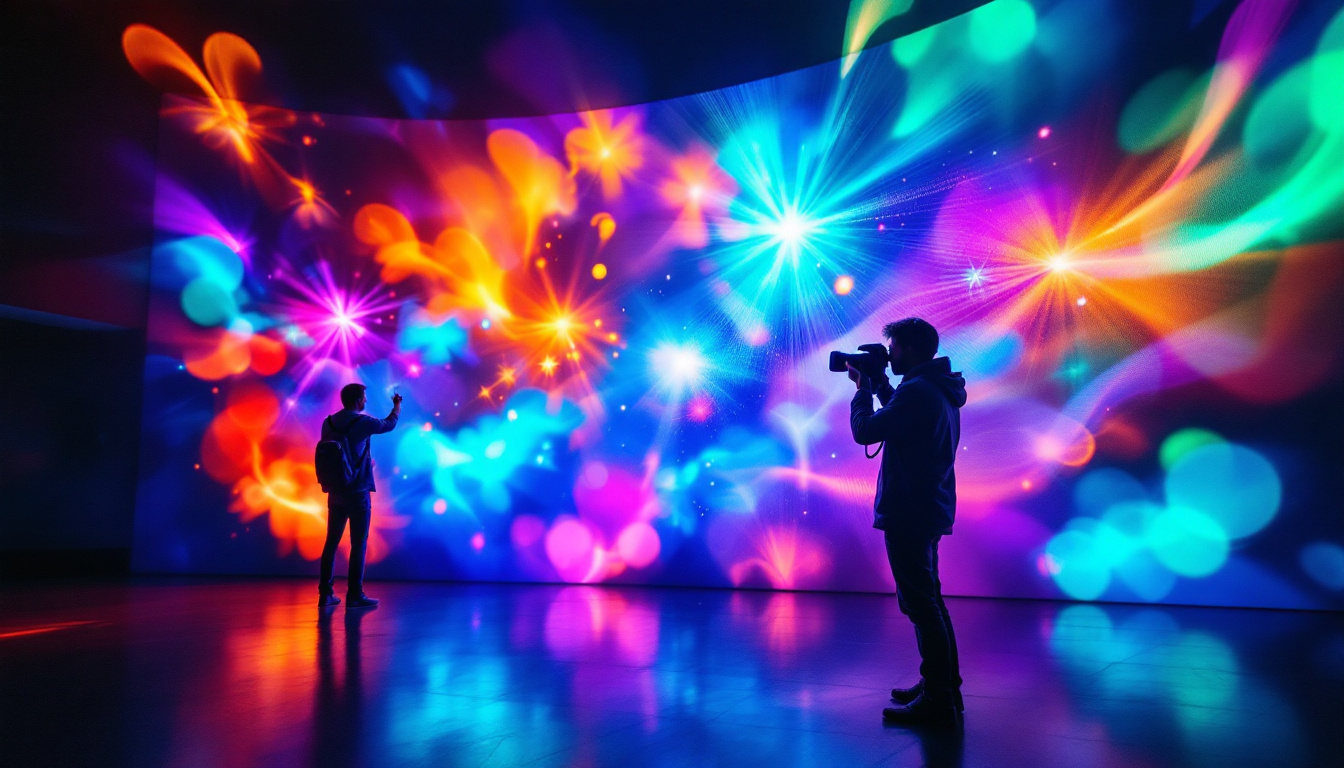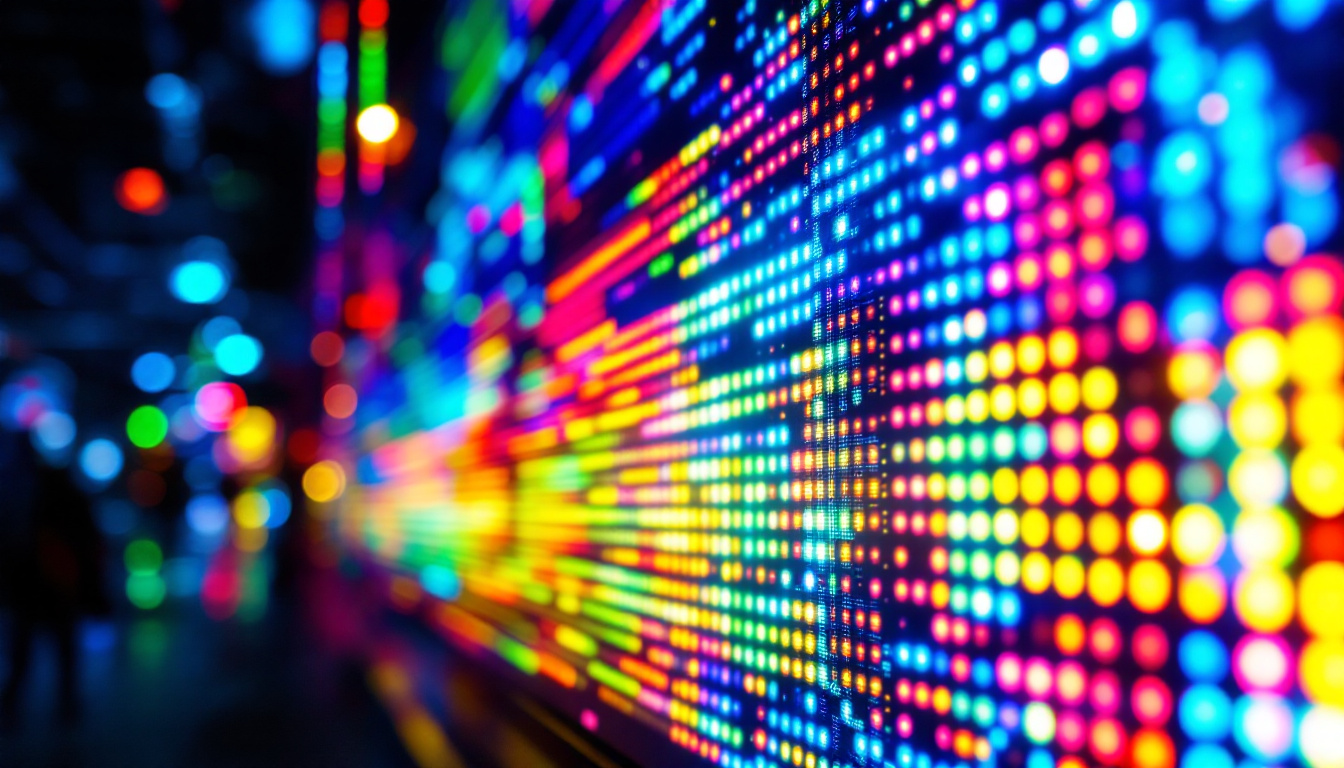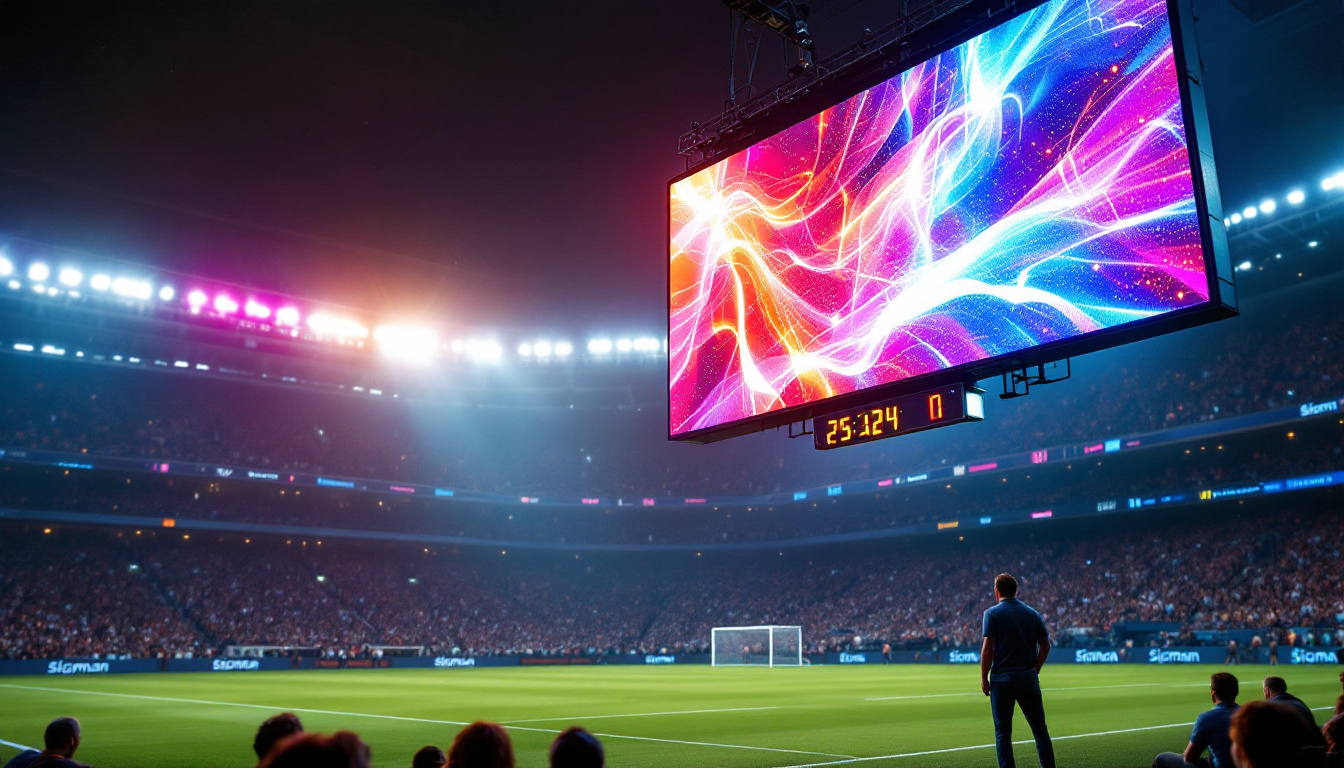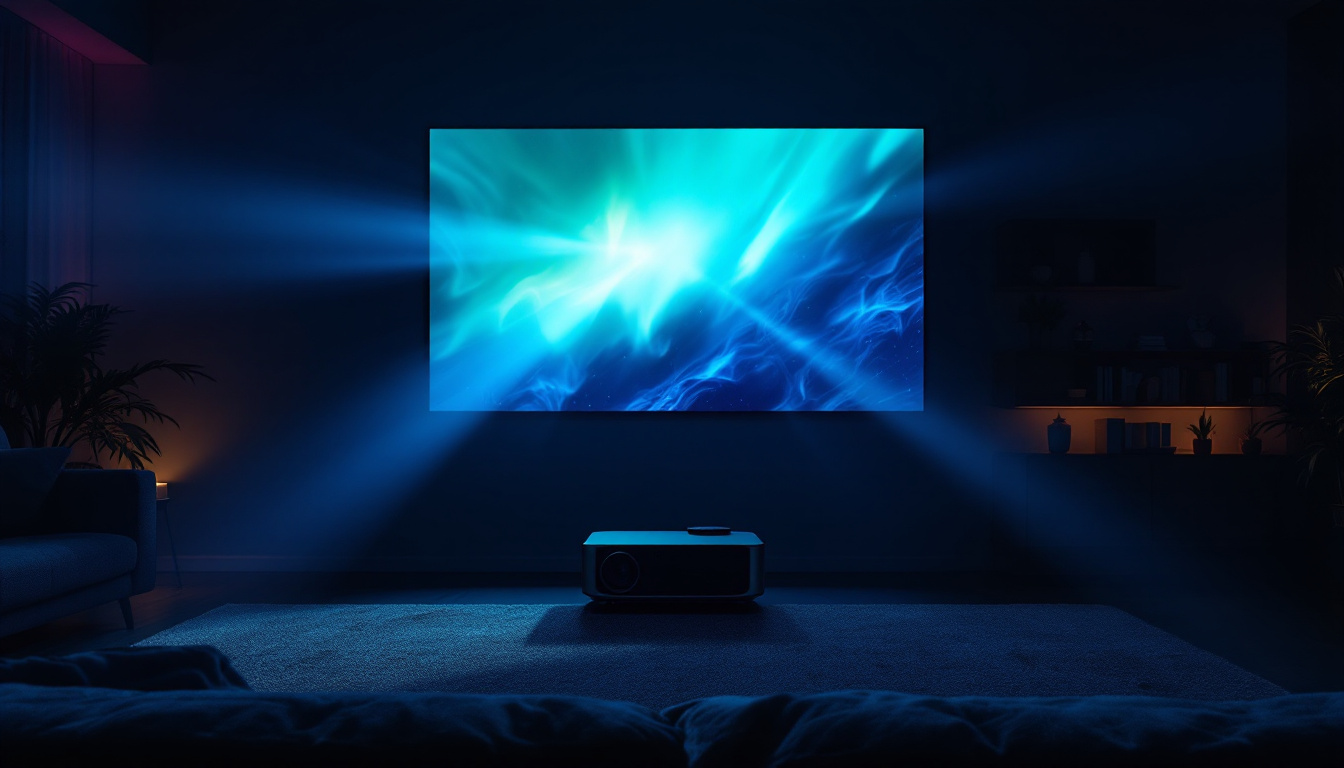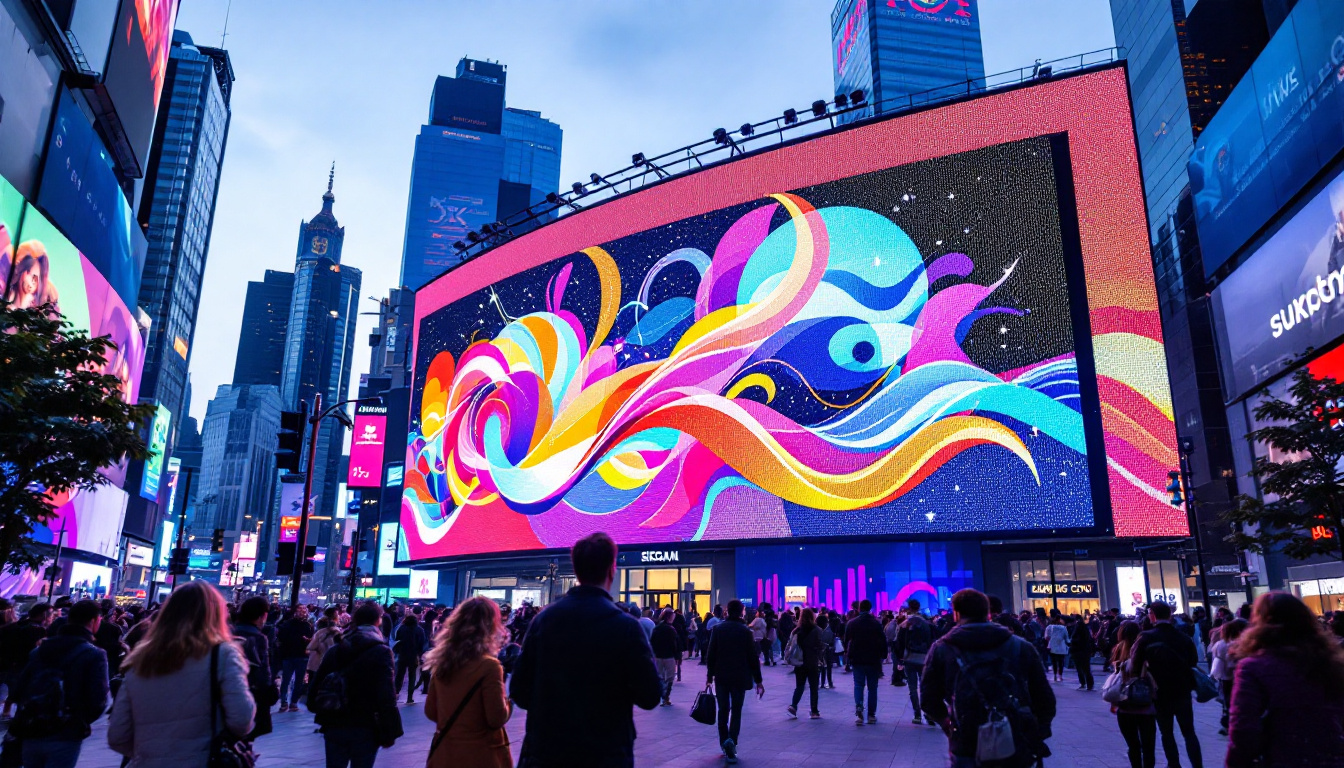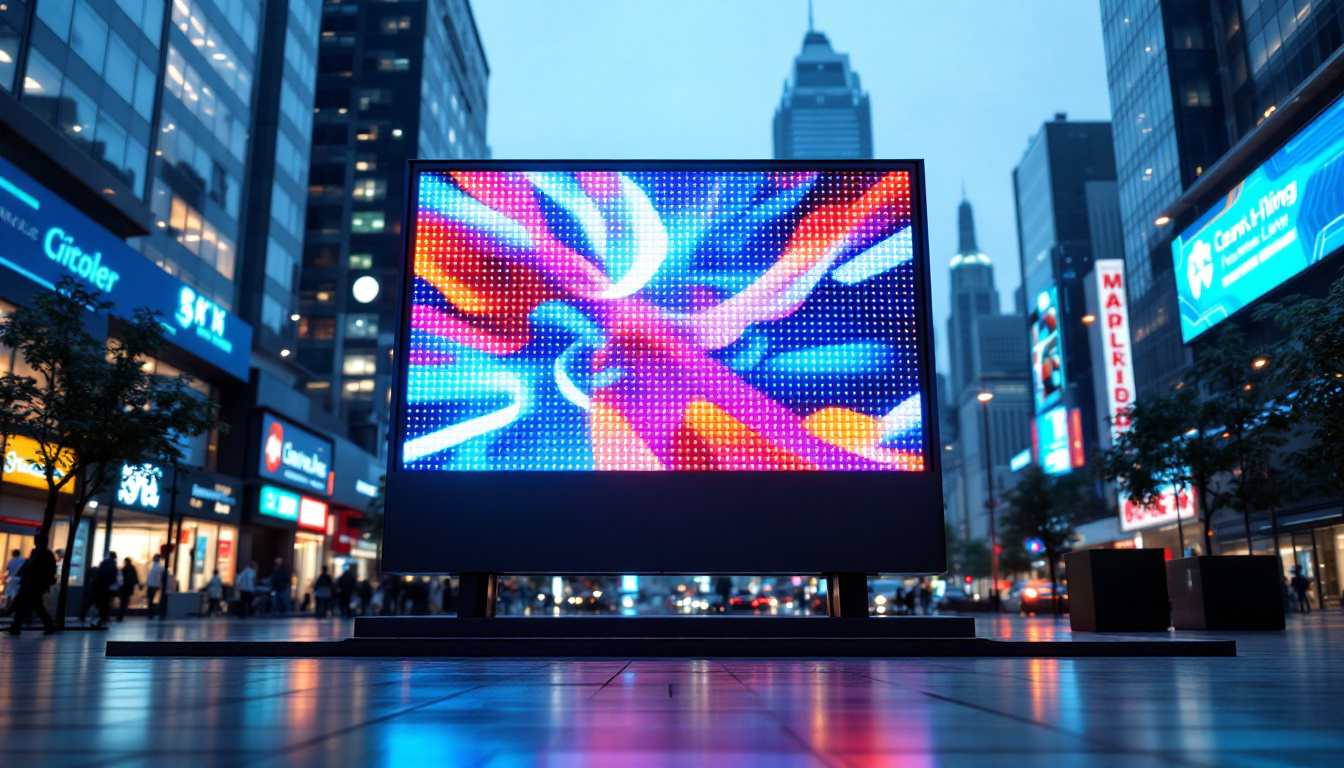In the world of technology, precision and clarity are paramount, especially when it comes to displays. The conversion from inches to millimeters is a common requirement in various fields, particularly in electronics and manufacturing. This article delves into the specifics of converting 0.7 inches to millimeters and explores the significance of LED displays in contemporary technology.
Understanding the Conversion: Inches to Millimeters
To comprehend the conversion from inches to millimeters, it is essential to grasp the basic relationship between these two units of measurement. An inch is equivalent to 25.4 millimeters. Therefore, to convert inches to millimeters, one must multiply the number of inches by 25.4.
Calculating 0.7 Inches in Millimeters
Using the conversion factor, the calculation for 0.7 inches to millimeters is straightforward:
0.7 inches × 25.4 mm/inch = 17.78 mm
This means that a measurement of 0.7 inches translates to approximately 17.78 millimeters. Understanding this conversion is crucial for various applications, especially in the design and manufacturing of electronic components.
Why Accurate Measurements Matter
In industries such as electronics, automotive, and aerospace, precise measurements are vital. A small error in measurement can lead to significant issues, including product malfunction or safety hazards. For instance, when designing LED displays, engineers must ensure that all components fit perfectly within the specified dimensions.
Moreover, accurate conversions help maintain consistency across different regions and standards. In many cases, products are designed in one measurement system but manufactured in another, making the conversion process essential for global trade and communication.
In addition to the practical implications of accurate measurements, there is also a historical context that underscores their importance. The metric system, which includes millimeters, was developed during the French Revolution to create a standardized system of measurement that could be universally adopted. This shift aimed to eliminate the confusion caused by the myriad of local measurement systems that existed at the time. Today, the metric system is used by most countries around the world, emphasizing the need for precise conversions in international commerce and scientific research.
Furthermore, the rise of technology and digital tools has made it easier than ever to perform these conversions. Various online calculators and mobile applications can instantly convert inches to millimeters and vice versa, allowing professionals and hobbyists alike to ensure accuracy in their measurements without the need for manual calculations. This accessibility has democratized knowledge and fostered a culture of precision, which is especially beneficial in fields that rely heavily on exact measurements, such as architecture and engineering.
The Role of LED Displays in Modern Technology
LED (Light Emitting Diode) displays have revolutionized the way information is presented. From televisions to smartphones, LED technology is ubiquitous. Understanding the characteristics of LED displays can provide insight into why they have become the preferred choice for many applications. The evolution of LED technology has not only enhanced visual experiences but has also paved the way for innovative designs and functionalities that were previously unimaginable.
Advantages of LED Displays
LED displays offer numerous benefits that make them superior to traditional display technologies. Some of the most notable advantages include:
- Energy Efficiency: LED displays consume significantly less power compared to LCD and plasma displays, leading to lower energy costs and a reduced environmental impact. This energy efficiency is particularly important in large-scale installations, where the cumulative savings can be substantial.
- Brightness and Clarity: LEDs produce brighter images and can maintain visibility in various lighting conditions, making them ideal for outdoor use. This capability allows for effective communication in busy urban environments, where competing light sources can otherwise obscure important information.
- Longevity: LED displays have a longer lifespan than traditional displays, reducing the need for frequent replacements. This durability not only saves money in the long run but also minimizes waste, contributing to more sustainable practices in technology.
These advantages have led to the widespread adoption of LED technology in various sectors, including advertising, gaming, and information displays. Furthermore, the rapid advancements in LED technology have also resulted in the development of flexible and transparent displays, opening up new possibilities for creative applications in architecture and design.
Applications of LED Displays
LED displays are versatile and can be found in a multitude of applications. Here are some key areas where LED technology is making a significant impact:
- Advertising: Large LED billboards and screens are used for marketing purposes, attracting attention with vibrant colors and dynamic content. The ability to change advertisements in real-time allows businesses to target specific audiences and adapt their messaging based on time of day or current events.
- Television and Cinema: LED technology has transformed the viewing experience in homes and theaters, providing high-definition visuals and immersive experiences. With the introduction of OLED (Organic LED) technology, viewers can now enjoy deeper blacks and enhanced contrast ratios, further elevating the quality of entertainment.
- Smartphones and Tablets: The majority of modern handheld devices utilize LED displays for their superior image quality and responsiveness. The integration of LED technology in these devices has also enabled features such as always-on displays and improved touch sensitivity, enhancing user interaction.
As technology continues to advance, the applications of LED displays are expected to expand further, integrating with emerging technologies such as augmented reality and the Internet of Things (IoT). For instance, smart cities are beginning to utilize LED displays for real-time information sharing, improving public safety and enhancing the overall urban experience. Additionally, in the realm of education, interactive LED displays are transforming classrooms, allowing for more engaging and collaborative learning environments.
Technical Aspects of LED Displays
To fully appreciate LED displays, it is essential to understand their technical components and how they function. This knowledge can aid in making informed decisions when selecting or designing LED displays for specific applications.
How LED Displays Work
LED displays operate by utilizing an array of light-emitting diodes that emit light when an electric current passes through them. Each pixel in an LED display is made up of red, green, and blue (RGB) diodes, which combine to create a wide spectrum of colors.
The process of displaying an image involves controlling the intensity of each RGB diode to produce the desired color and brightness. This capability allows for high-resolution images and videos, making LED displays suitable for various applications, from signage to entertainment.
Types of LED Displays
There are several types of LED displays, each designed for specific uses and environments. Some of the most common types include:
- Direct View LED Displays: These displays are made up of individual LED modules that can be assembled into larger screens. They are often used for outdoor advertising and large events.
- LED-backlit LCD Displays: These displays use LEDs to illuminate an LCD panel, providing better brightness and color accuracy than traditional fluorescent backlighting.
- Organic LED (OLED) Displays: OLED technology uses organic compounds to emit light, allowing for thinner displays and better contrast ratios.
Each type of LED display has its unique advantages and is suited for different applications, making it essential to choose the right type based on specific needs.
Choosing the Right LED Display
When selecting an LED display, several factors must be considered to ensure that the chosen display meets the intended purpose effectively. Understanding these criteria can help make an informed decision.
Resolution and Pixel Density
Resolution refers to the number of pixels in a display, while pixel density indicates how closely packed these pixels are. A higher resolution and pixel density result in sharper images and clearer text. For applications where detail is critical, such as in medical imaging or high-end gaming, opting for a display with higher specifications is advisable.
Brightness and Contrast Ratio
Brightness is measured in nits, and it determines how visible the display is in various lighting conditions. A higher brightness level is essential for outdoor displays, while contrast ratio affects the depth of colors and the overall viewing experience. When choosing an LED display, it is crucial to assess the environment in which it will be used to ensure optimal performance.
Future Trends in LED Display Technology
The landscape of LED display technology is continuously evolving, with new advancements emerging regularly. Staying informed about these trends can provide insights into the future of displays and their applications.
Advancements in Flexibility and Form Factor
One of the most exciting trends in LED technology is the development of flexible displays. These displays can be bent or shaped to fit various surfaces, opening up new possibilities for design and application. Flexible LED displays are being explored for use in wearable technology, automotive displays, and even architectural designs.
Integration with Smart Technologies
As the Internet of Things (IoT) continues to grow, LED displays are increasingly being integrated with smart technologies. This integration allows for real-time data display, interactivity, and enhanced user experiences. For example, smart signage can adapt its content based on environmental factors or user interactions, providing a more personalized experience.
Conclusion
Understanding the conversion from 0.7 inches to millimeters is just the tip of the iceberg when it comes to grasping the complexities of LED displays. With their numerous advantages, versatile applications, and continuous advancements, LED technology is set to play a pivotal role in shaping the future of visual communication.
As industries continue to innovate and adopt LED technology, the importance of accurate measurements and specifications will remain crucial. Whether it’s for advertising, entertainment, or personal devices, the impact of LED displays on our daily lives is undeniable.
In conclusion, as technology evolves, so too will the methods of measurement and the displays that present information. Keeping abreast of these changes is essential for anyone involved in technology, design, or manufacturing.
Explore Cutting-Edge LED Display Solutions with LumenMatrix
As you consider the precision and innovation behind LED display technology, take the next step with LumenMatrix. Discover our comprehensive range of LED display modules, from Indoor and Outdoor LED Wall Displays to specialized solutions like Vehicle LED Displays and LED Sports Displays. Each product is crafted to elevate your brand’s visibility and captivate your audience with stunning visual experiences. Embrace the future of visual communication with LumenMatrix’s advanced digital signage and LED display solutions. Check out LumenMatrix LED Display Solutions today and transform the way you share your message.





